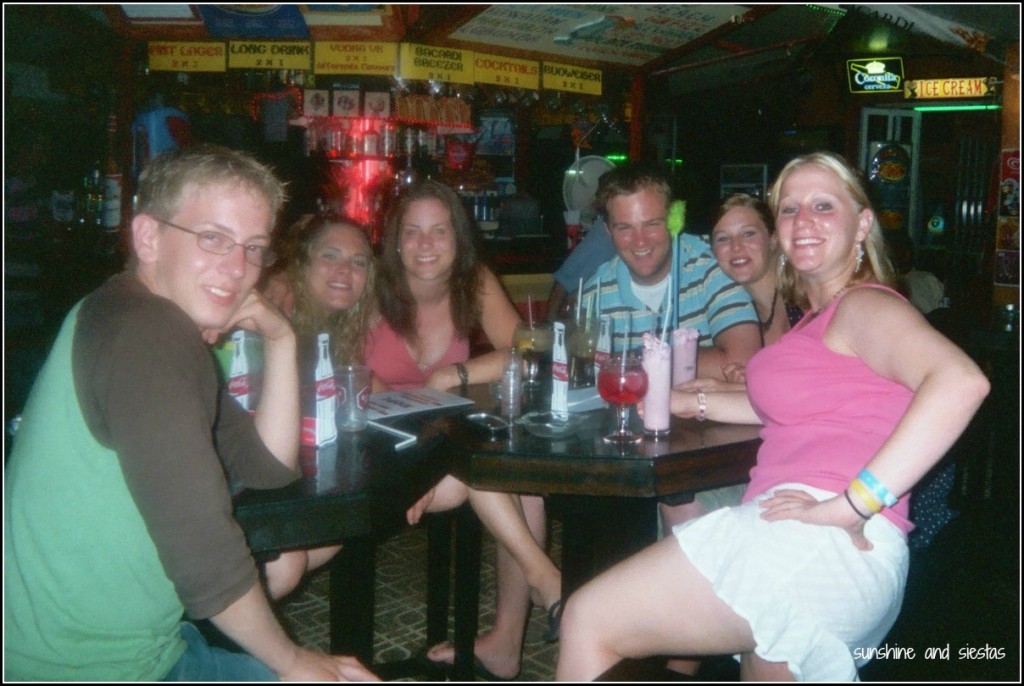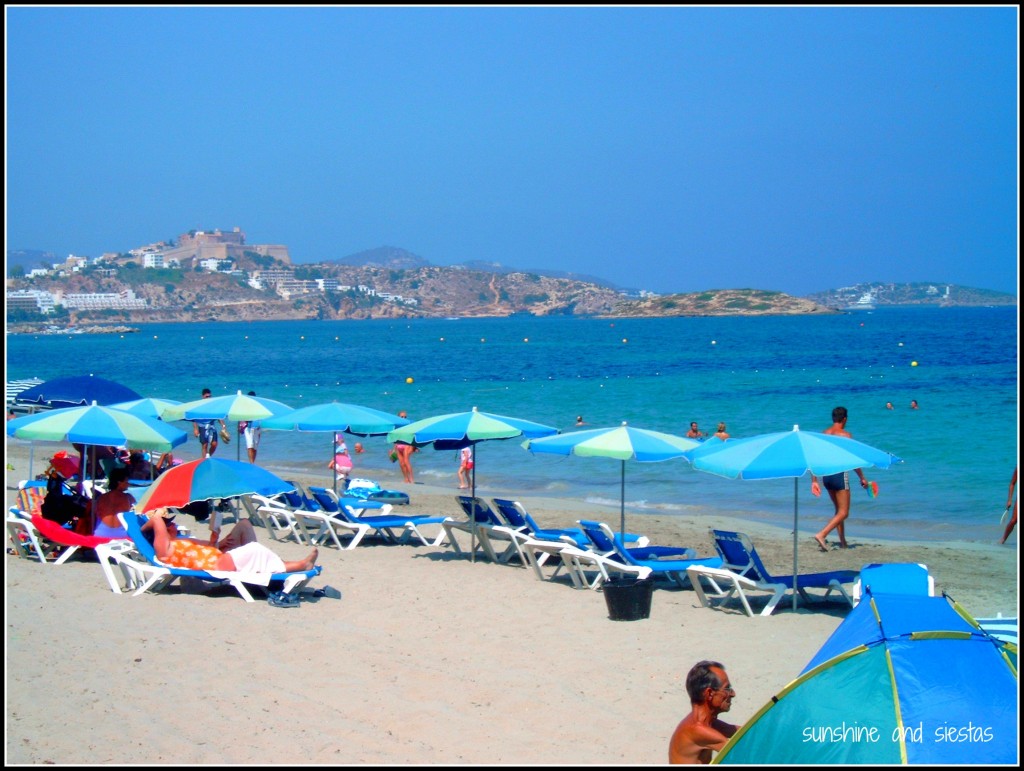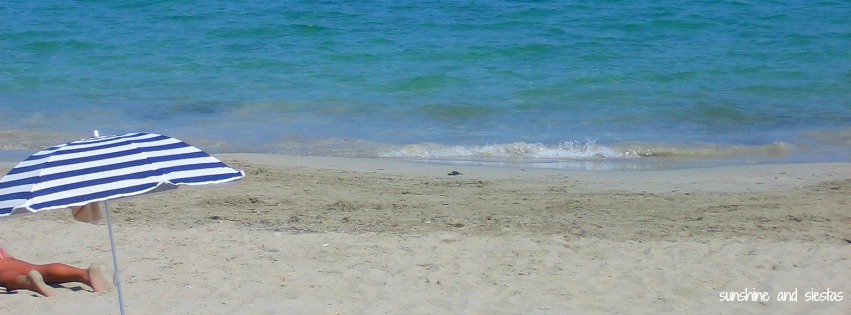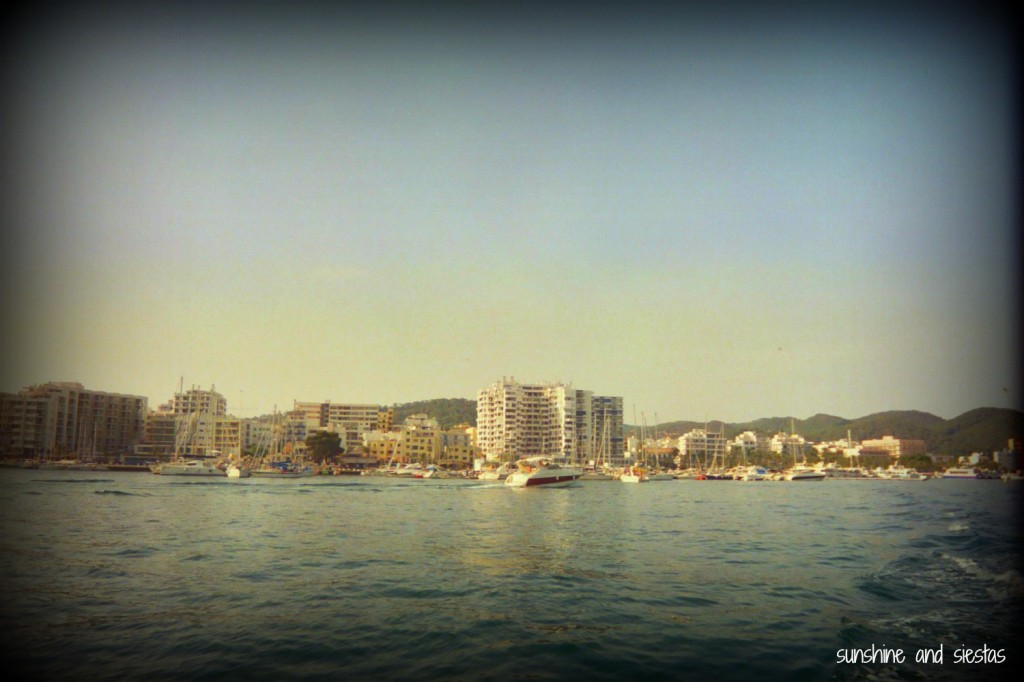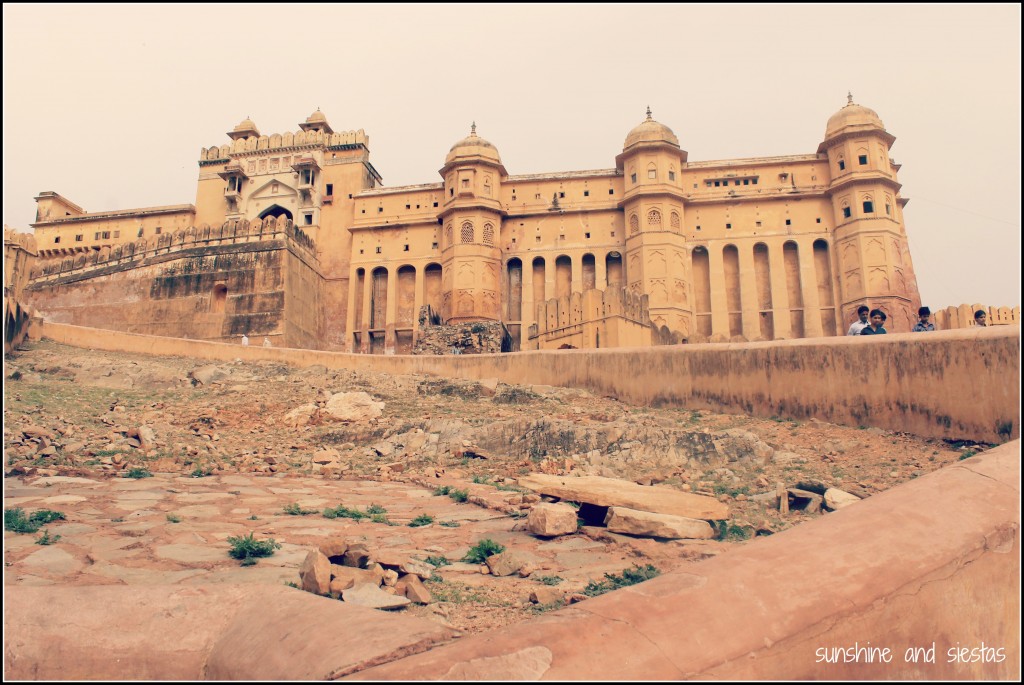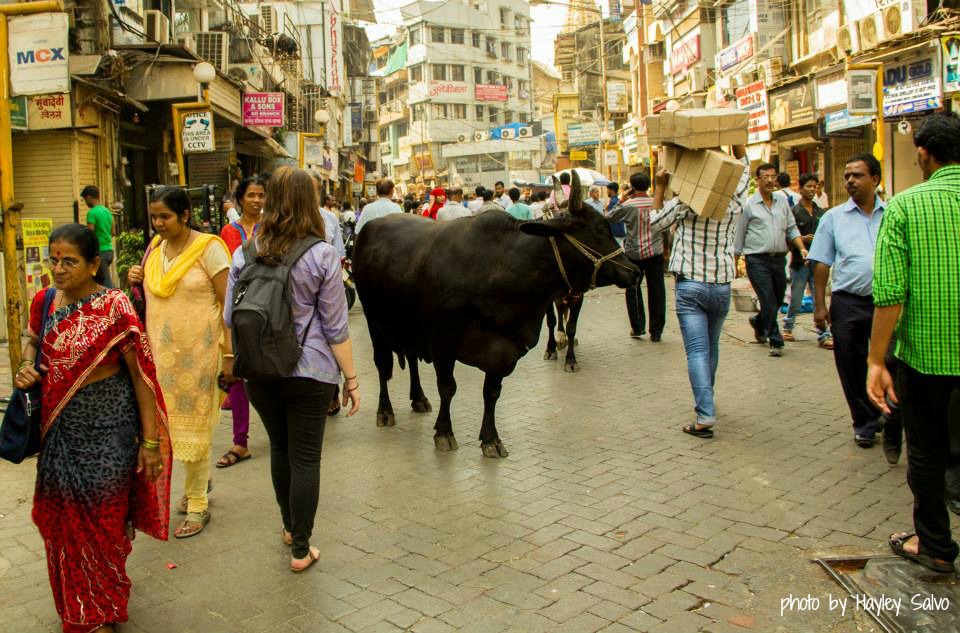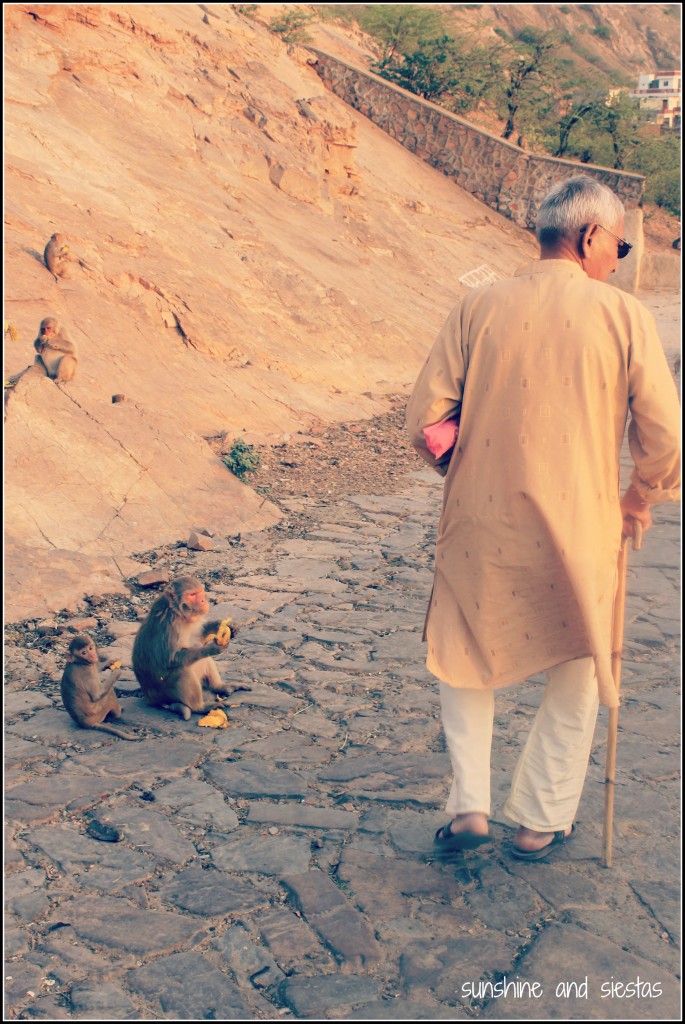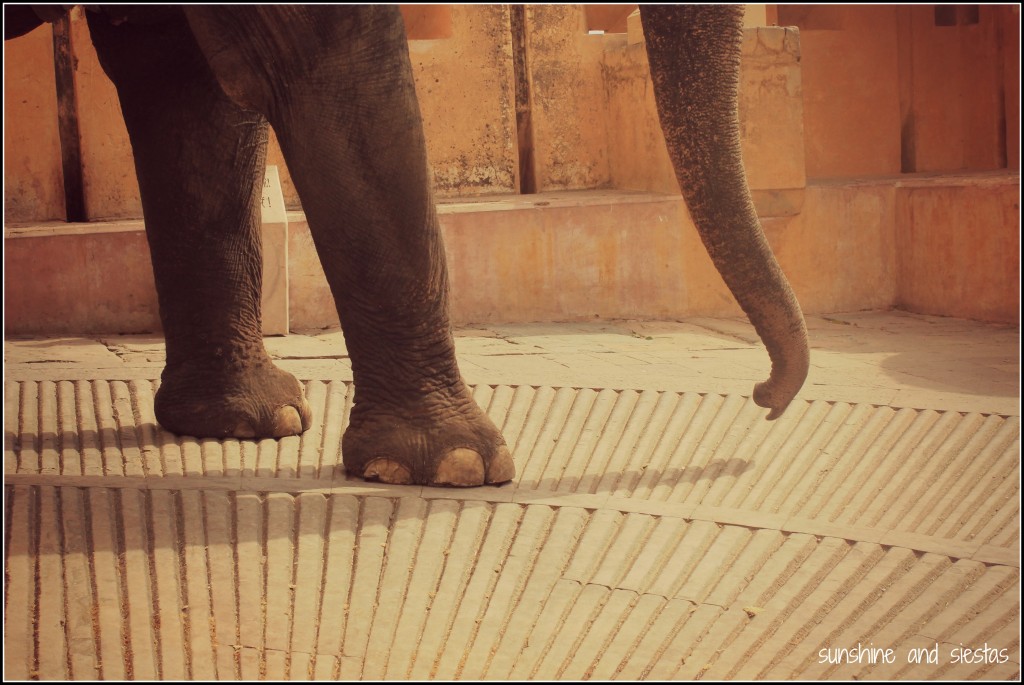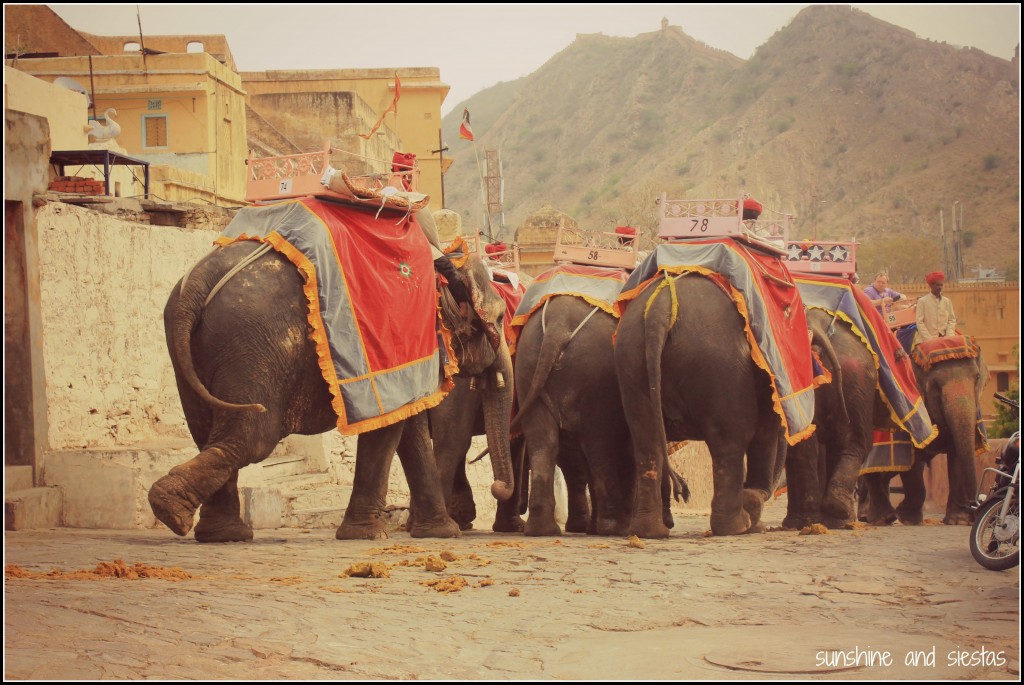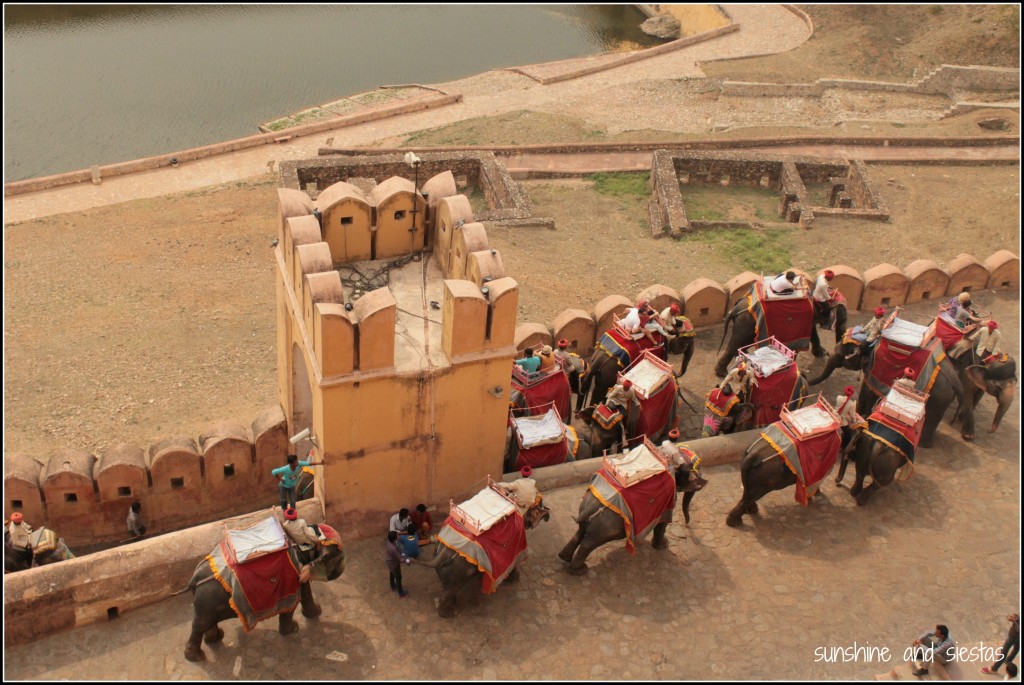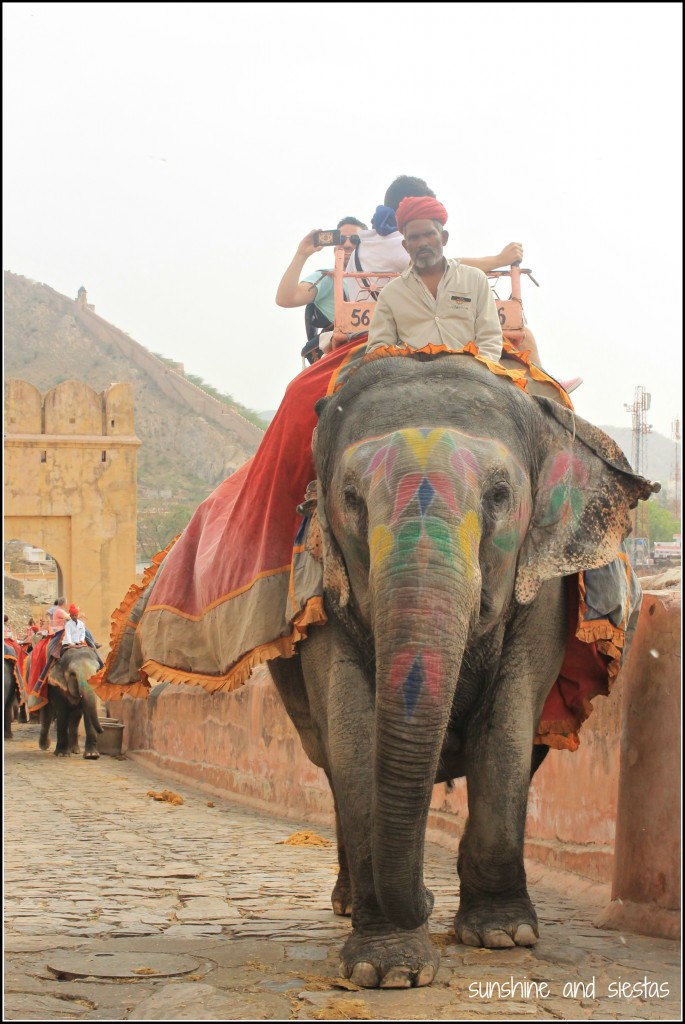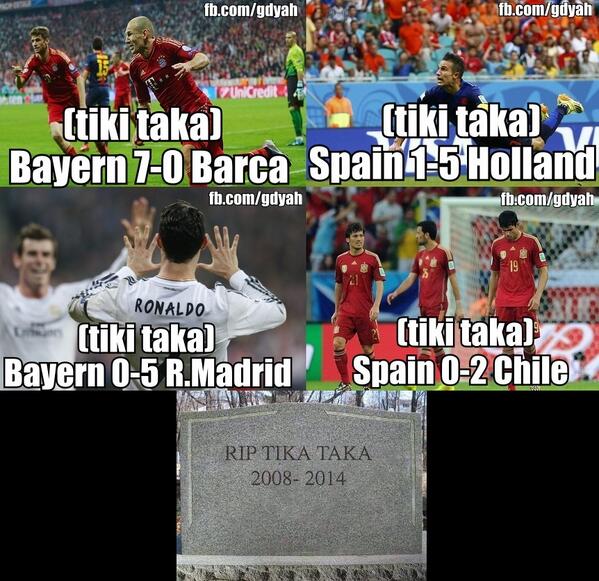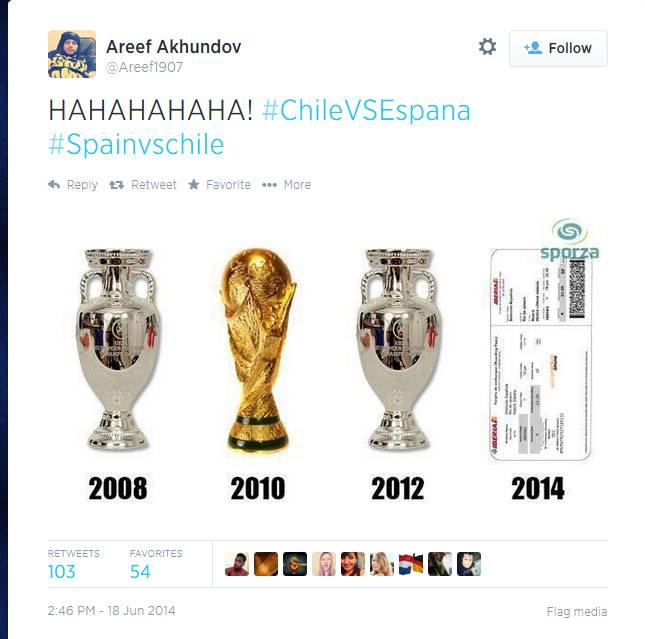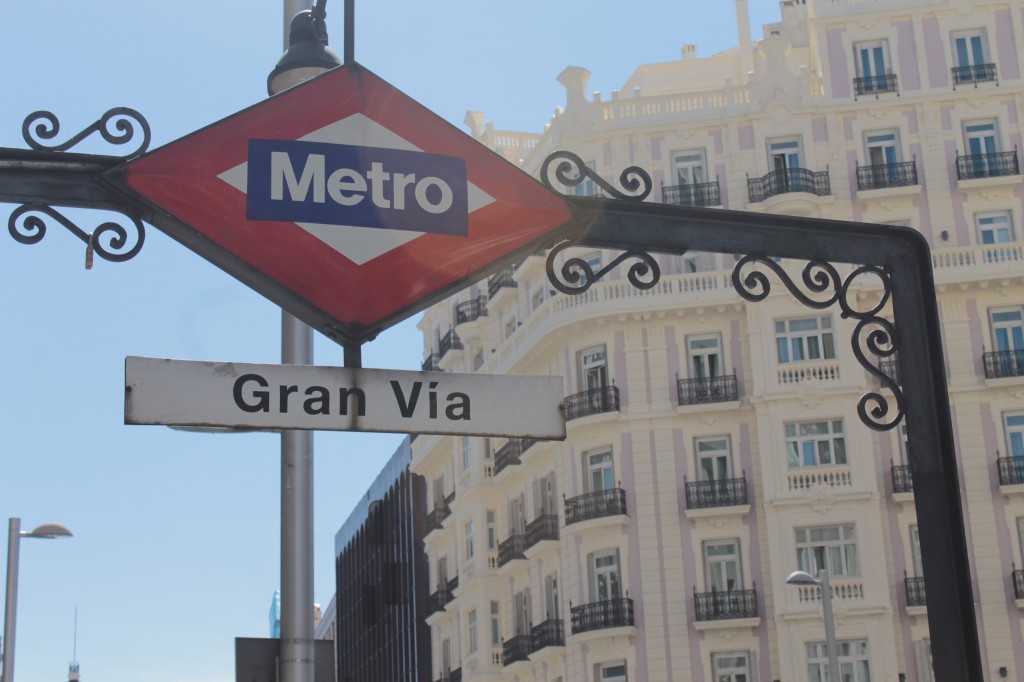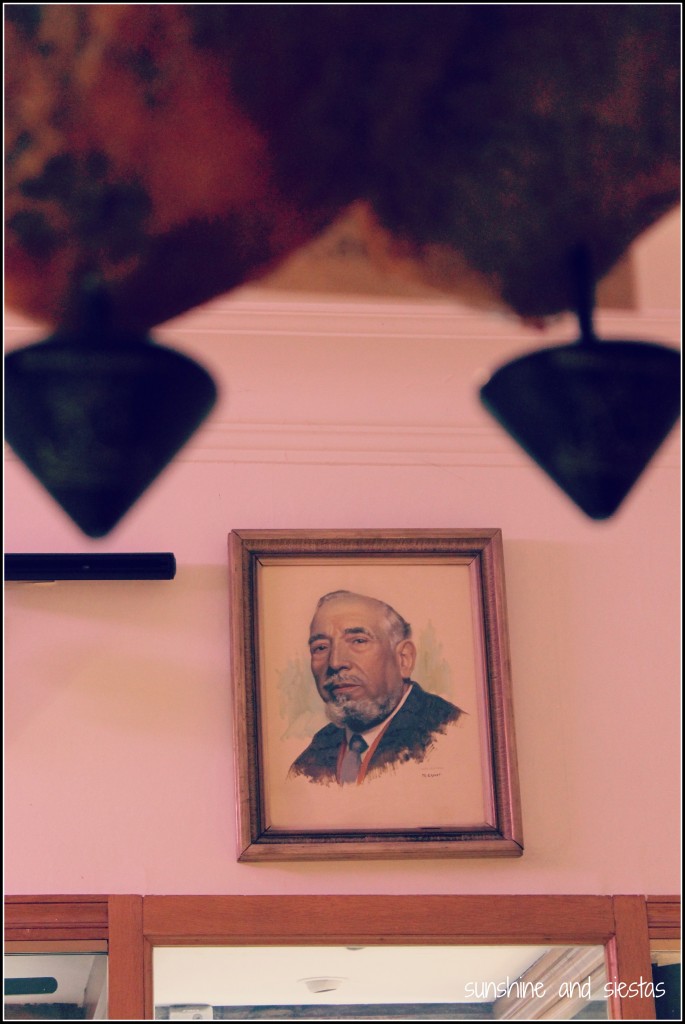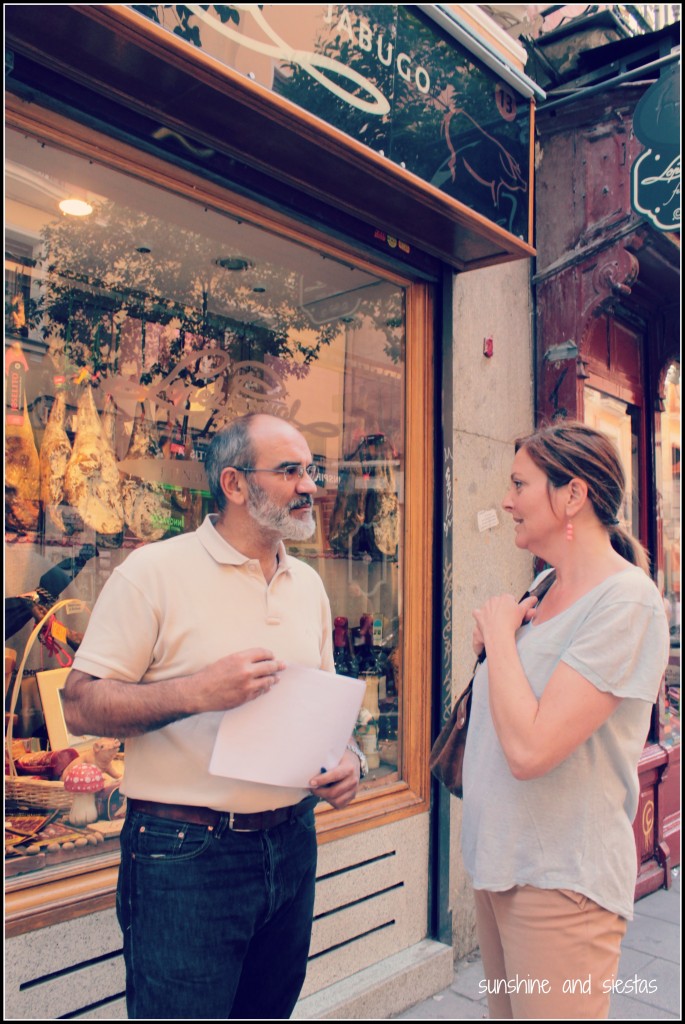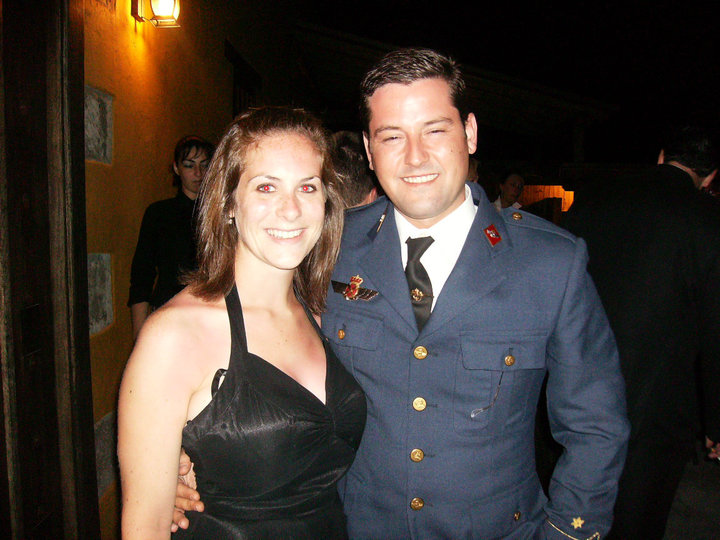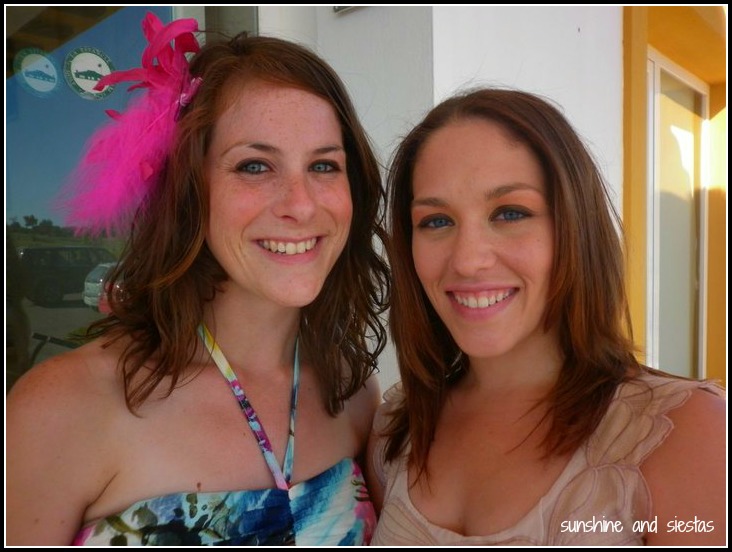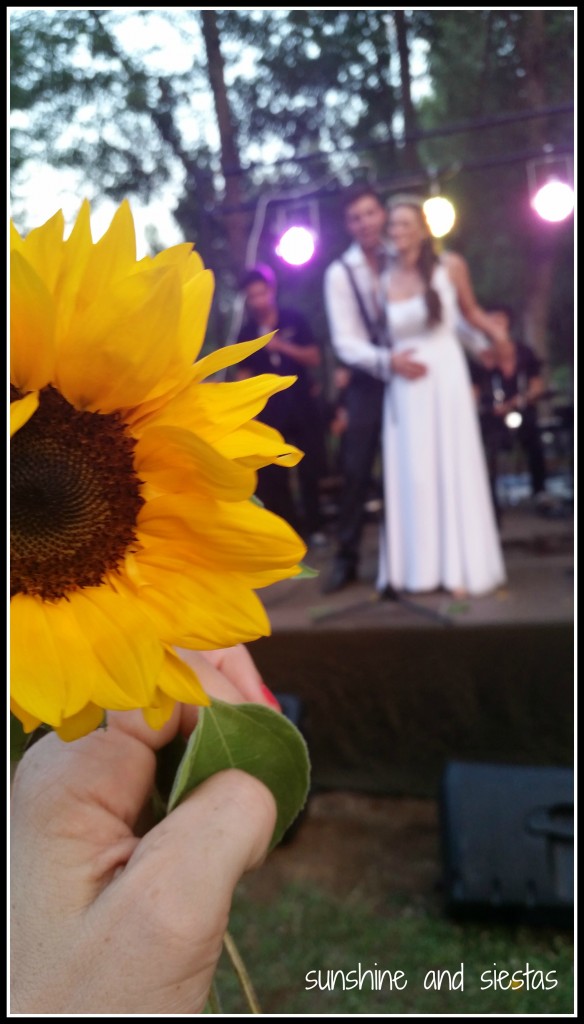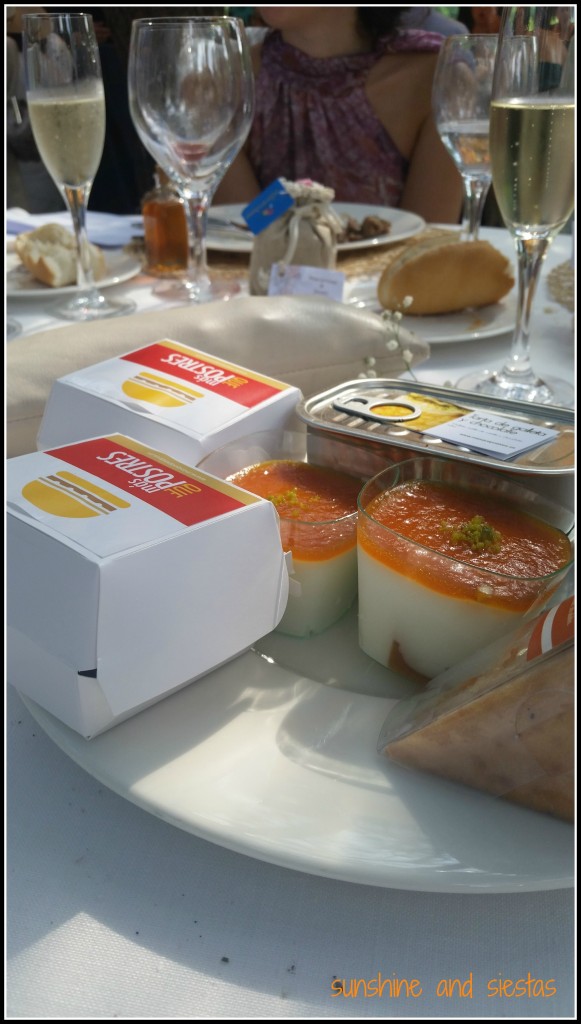Not one to make travel goals, I did make one when coming to Spain: visit all 17 autonomous communities at least once before going home. While Madrid, Barcelona and Seville are the stars of the tourist dollar show (and my hard-earned euros, let’s not kid around here), I am a champion for Spain’s little-known towns and regions. Having a global view of this country has come through living in Andalucía, working in Galicia and studying in Castilla y León, plus extensive travel throughout Spain.
After Valladolid orientation, I struck up a conversation with Meg. We had many mutual friends and would be studying abroad together in Castilla y León, so I figured it wouldn’t hurt to introduce myself.
“Hey, I mean, holaaaaa. Soy Meg. Want to come to Ibiza with me once the program is over?”
Sad but true: of the four islands that constitute the Mediterranean archipelago, I have been to just one. And that island is known for little more than foam parties, beaches and monstrous discos. I even turned down a position at a summer camp outside of Palma to return to rainy Galicia summer after summer.
Mallorca, the largest of the islands and home to its capital, has been on my Spain Wish List this year. Given that it’s a gateway to other parts of Europe, sounds like the perfect place to meet my cousin in a few months for our bi-annual European adventures!
(My apologies for not posting last month. As you know, life can sometimes interfere with everything from work to a writing hobby, so I’m a month late here)
Name: Islas Baleares in Castillian, Illes Balears in Catalán
Population: 1.1 million (including mi niño, Rafa Nadal, when he’s not off somewhere winning cups)
Provinces: Baleares consists of four islands: Mallorca, Menorca, Ibiza and Fomentera
When: 4th of 17 regions, June 2005
About: It is believed that the islands that sit between 50 and 190 miles off of the eastern coast of Spain have been inhabited since the shipwrecked Boeotians, later taking its name from the Phoenician language.
Apparently everyone went around nude then, too, so it’s no surprise to me that the four big rocks that make up the island chain are touristic hot spots.
Anyway, given its strategic role smack dab in the middle of the Med, the Baleares constantly found themselves under different rule – Carthinigans, Greeks, Romans, and didn’t even escape Muslim rule until the 12th century.
During the Reconquist, King James I of Aragón captured the islands one by one, incorporating them into the crown once he had died and his will called for the Count of Urguell to give them back. Like marbles, the islands were wrestled back and forth between seemingly everyone in Europe – Holy Roman Empoeror Charles V, the British, Napoleon and even Turkish and barbary pirates – before 1802.
Interestingly enough, catalán is an official language, with some 75% claiming to speak it.
Must sees: The islands are no stranger to mass tourism – Palma’s airport is one of Spain’s busiest in terms of passenger volume – and it’s benevolent temperature yearround means it’s full of expat enclaves, particularly English, Nordic and German. Even the former Spanish king, Rey Juan Carlos, summers there!
Don’t let that throw you off, though. The impressive Palma cathedral and the port below it, Menorca’s calas and interior wild beauty, the club scene in Ibiza and the temperate waters seem to lure tourists to Las Islas Baleares, but the archipelago’s culture and sun sports have me itching to make it back.
You can tell from my Irish roots that I don’t lend well to sitting on a beach, but I’d love to learn to sail or scuba dive. It just looks like…a break from my computer?
Because the Islas have a distinctly Catalan flavor, the two regions share many popular traditions and festivals. Most notably, last week’s Nit de Foc, celebrating the feast of Saint John, where bonfires blaze throughout the night around the islands, and people burn things as a sort of rebirth that marks the summer solstice. There’s also a mock battle in Soller between pirates and the townspeople to commemorate the islanders’s win over Moorish seafaring folk, and parties and romerías seem to rage on throughout the summer. Oh, and did I mention a grape fight in September?
And, of course, there’s the cuisine. Mallorcan food centers around seafood, tumbet mallorquín (a version of pisto) and the sinful ensaimada pastry. Mallorca is also an up-and-coming wine region, protected under the Denominació d’Origen Binissalem.
My take: I’ve always equated the islands with partying, Rafa Nadal and pebble beaches, but I’ve seen relatively little of the comunidad autonoma. But with daily flights on several airlines, my biggest excuse is deciding which swimsuit to pack and then to actually go!
Have you been to the Balearic Islands? What would you recommend seeing?
Check out the other regions I’ve highlighted: Andalucía | Aragón | Asturias.
Each month for the next 14, I’ll take a look at Spain’s 17 comunidades autónomas and my travel through them, from A to, um, Valencia. I’d love your take on the good and the bad in each one, so be sure to sign up for my RSS feed to read about each autonomous region at the end of each month! Next up for July is the other island chain, Canarias.

